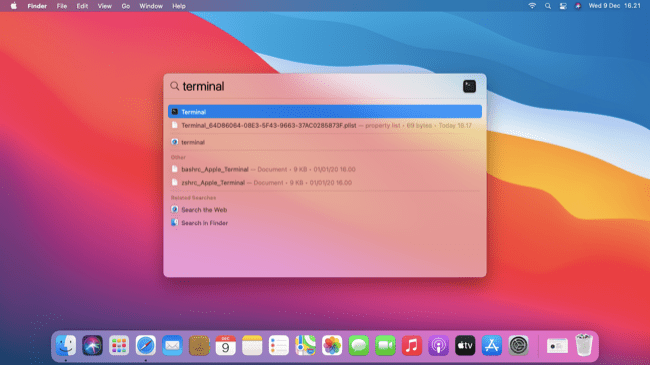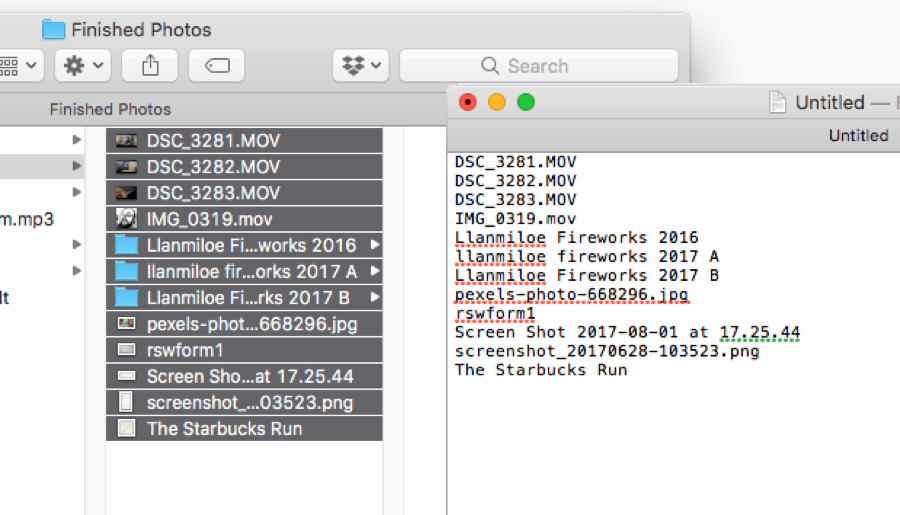

The process for changing the default to other text editor is basically the same, it's just a matter of finding the correct key word(s) for launching the editor.
#How to use terminal mac with text editor code
We do that by specifying code -wait, which basically says "Hey git, I'm gonna go over to VS Code to edit that file now, just hang about, and once I've closed that file you can read it and finish processing the command". Note that changing the editor to code didn't work quite as we wanted it to - because we're leaving the terminal environment in order to go and edit the file in VS Code, we need to tell git to wait for us. What if you want to change the editor used by git to something external to the terminal, like VS Code? Here's how:
#How to use terminal mac with text editor windows
Split terminals on Windows will start in the directory that the parent terminal started with.As you can see, nano is much more straight forward than vim (not least because it gives you the commands you need at the bottom of the screen!), but it still exists completely in the terminal (which has pros and cons). Terminal profiles are platform-specific shell configurations comprised of an executable path, arguments, and other customizations.Įxample profile: Tip: Go back to the old version by setting :false

Customizing TabsĬhange the terminal's name, icon, and tab color via the right-click context menu or by triggering the following commands: Command Unsplit a split terminal by triggering the Terminal: Unsplit Terminal command through the Command Palette or in the right-click context menu.

Dragging a tab into the main terminal area allows joining a group. Navigate between terminals in a group by focusing the previous pane, ⌥⌘← (Windows, Linux Alt+Left), and focusing the next pane, ⌥⌘→ (Windows, Linux Alt+Right).ĭragging and dropping tabs in the list will rearrange them.

This action creates another entry in the tab list associated with that terminal. Terminal instances can be added by selecting the + icon on the top-right of the TERMINAL panel, selecting a profile from the terminal dropdown, or by triggering the ⌃⇧` (Windows, Linux Ctrl+Shift+`) command. Tip: Change the tabs location using the setting. Each terminal has an entry with its name, icon, color, and group decoration (if any). The terminal tabs UI is on the right side of the terminal view. There's a dedicated troubleshooting guide to help you with these sorts of problems. Note: If you're having trouble launching your preferred shell in the integrated terminal, it may be due to your shell's configuration or a VS Code terminal setting. You can learn more about configuring terminal shells in the terminal profiles section below. You can select other available shells to use in terminal instances or as the default such as Command Prompt on Windows, and zsh on macOS and Linux. The integrated terminal can use various shells installed on your machine, with the defaults being: Note: Open an external terminal with the ⇧⌘C (Windows, Linux Ctrl+Shift+C) keyboard shortcut if you prefer to work outside VS Code. You can create a new terminal via the Terminal menu with Terminal > New Terminal.From the Command Palette ( ⇧⌘P (Windows, Linux Ctrl+Shift+P)), use the View: Toggle Terminal command.Use the ⌃` (Windows, Linux Ctrl+`) keyboard shortcut with the backtick character.It provides integration with the editor to support features like links and error detection. Visual Studio Code includes a fully-featured integrated terminal that conveniently starts at the root of your workspace. Configure IntelliSense for cross-compiling.


 0 kommentar(er)
0 kommentar(er)
